Advanced functions
Unit one - Combinations
A base function is a function with no transformations applied to it
logx
x
x2
2x
½ x
bases of exponential function arent considered transformations
Domain is a set of all possible inputs (x values) for a function
all the values left and right where the graph has existing values
Range is a set of all possible outputs ( y values) for a function
all the values up and down where the graph has existing values
Intervals of increase and decrease are:
sets of x values where the graph is increasing (+ slope) /
sets of x values where the graph is decreasing (- slope)\
Local max is the point on a graph that is larger than all other values in its immediate vicinity.
Local min is the point on a graph that is smaller than all other values in its immediate vicinity.
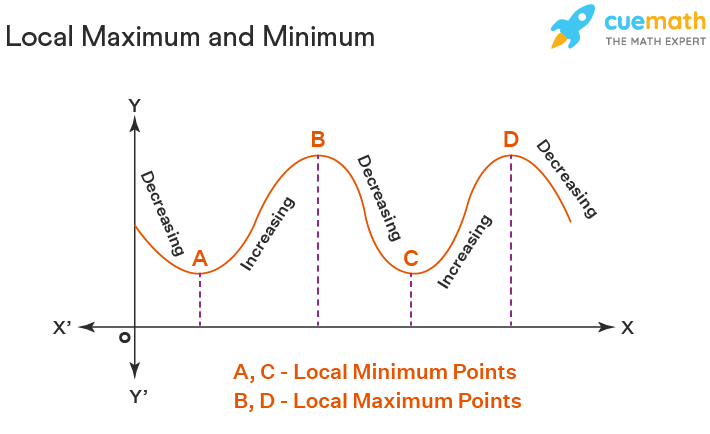
The absolute max/min is the value of the graph that is largest or smallest over its entire domain.
± infinity are not considered as absolute value points
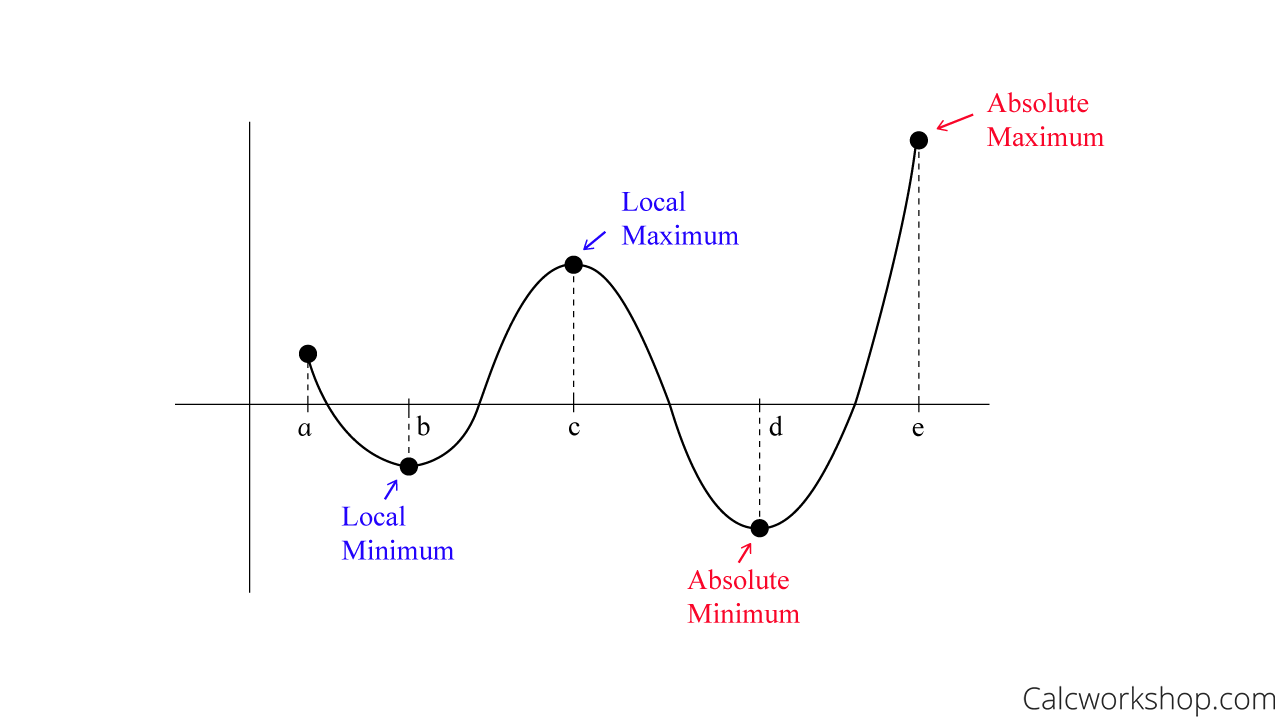
Turning points are the absolute/local max/min points where the domain continues on either side.
Even functions are symmetrical on the y-axis
f(-x) = f(x)
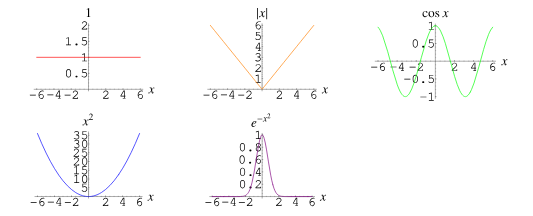
Odd functions are symmetrical on the x-axis
f(-x) = -f(x)
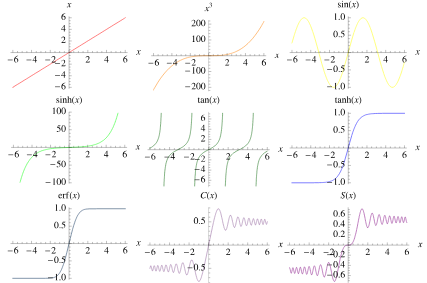
Most functions are neither even or odd
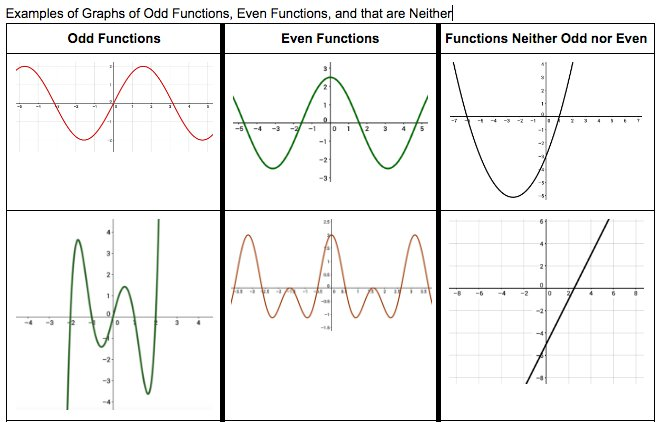
When combining functions by addition:
Zeroes exist when f&g are equal distances from the x-axis but opposite signs.
add y-coordinates
The domain of the combined function is the overlap of Df and Dg
Any point where F & G intersect will be doubled in the new combined function
When combining functions by subtraction:
Zeroes occur where f & g intersect
subtract y-coordinates
The domain of the combined function is the overlap of Df and Dg.
When combining functions by multiplication:
All the zeroes of both functions are zeroes in the new function
Multiply y-coordinates
if f & g are polynomials, the new function will have the sum of both degrees
The domain of the combined function is the overlap of Df and Dg.
When combining functions by division:
Zeroes are where the numerator has zeroes
vertical asymptote on the new function is where the denominator has zeroes
When taking the reciprocal of a function:
Where the y values of the original function approach ± infinity, the reciprocal will approach 0
if the original function has 0, the reciprocal will turn these zeroes into vertical asymptotes
intervals of increase become intervals of decrease
composition
f o g means f composed with g
f(g(x))

Unit two - Polynomials
The degree of a polynomial is the highest exponent of the variable
The leading coefficient is the coefficient of the term with the highest power
1st degree → linear
2nd degree → quadratic
3rd degree → cubic
4th degree → quartic
A linear factor means that a straight line passes through the zero
A quadratic factor means that the curve has a turning point at zero
A cubic factor means that the zero has a cubic squiggle
End behaviours
when the degree is even,
(+) leading coefficient: as x→ ± infinity, y→ + infinity
(-) leading coefficient: as x→ ± infinity, y→ - infinity
Dividing Polynomials:
dividend = divisor x Quotient + remainder
When dividing polynomials, use the chart method
put the 1st term in the upper left box, then use multiplication on the outside to complete.

To figure out the perfect factors of a polynomial
factors of the constant (term with an x)/ factors of the leading coefficient
when plugged in the equation, it should equal to 0
When you have the factor, use it as the divisor to divide the polynomial
Remainder theorem:
When a polynomial function is divided by (x-k), the remainder Is p(K)
When a polynomial function is divided by (jx-k), the remainder p(k/j)
Factor theorem:
When a polynomial, p(x), has a factor (x-K), p(k)=0
When a polynomial, p(x), has a factor (jx-k) p(j/k)=0
Factoring
Steps to factor polynomials:
Always common factor first
If it is a binomial, use the difference of square or sum/difference of cubes
If it is a trinomial, use a tricky trinomial chart or decomposition
if there are more than three terms, try factoring by grouping or factor theorem
Steps to solving polynomial equations:
Rearrange the equation such that all terms are on the same side
Factor polynomials to determine the solutions
a polynomial has the same number of roots as the number of the degree of the polynomial but has less than or equal to the number of the degree
ex. a 4th degree polynomial will have four roots, but may have two zeroes
Even degree polynomials can have no zeroes
Odd-degree polynomials must have at least one zero
Solving inequalities
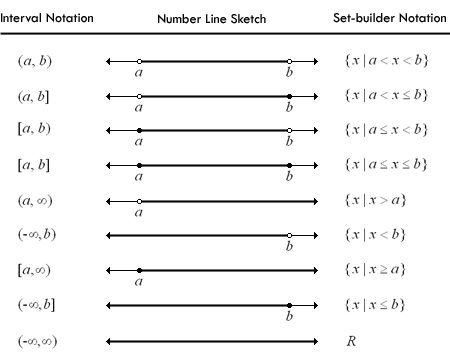
( : exclde that value
[: include that value
± infinity aren’t included in interval notation - use (_)
To solve linear inequalities:
rearange so the variable is on one side of the equation and the constant on the other
when multiplying/dividing both sides by -1, the inequality sign flips
-x<3 → x>-3
When you have inequalities on both sides, solve them as two separate inequalities
To solve polynomial inequalities:
factor the expression and use its factor in a chart.
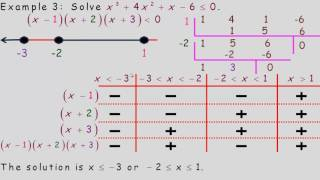
Unit three - Rationals
A rational function is in the form of f(x)/g(x)
y-int is when x=0
the zeroes of the numerator are the zeroes of the function
the zeroes of the denominator are the vertical asymptotes of the function
Domain is all the real numbers except the zeroes of denominator
If the degree of the numerator is smaller than the degree of the denominator, there is an horizontal asymptote at y=0
If the degree of the numerator is equal to the degree of the denominator, the horizontal asymptote is the product of the leading coefficient of f(x)/ leading coefficient of g(x).
If the degree of the numerator is one + the degree of the denominator, there is an oblique asymptote ( quotient of f(x) divided by g(x))
To solve rational equations:
rearrange to make one side equal to 0
write as one rational expression
factor fully
state the roots
Solving rational inequalities:
reagange and write one fully factored rational expression on one side with zero on the other side of the inequality
determine the zeroes and VAs
use a table to determine whether the function is positive or negative on each interval
Unit four - trigonometry
Trignonometry part 1:
Radians are another way to measure angels using the distance travelled around a circle’s circumference (no units)

π → 180º (half circle)
2π → 360º ( full circle)
π/2 → 90º
3π/2 → 270º
π/3 → 30º
π/4 → 45º
π/6 → 60º

When transforming sinusoidal functions:
amplitude → Vertical stretch
axis → vertical translation
period → horizontal stretch
sin → 2π
cos → 2π
tan → π
to find period, 2π*k = period
or π*k = period for tan
phase shift → horizontal translation
If an angle is in standard position, the acute angle between the terminal arm and the horizontal axis is the RAA.
the CRAA is the “compliment” of the RAA; the acute angle between the terminal arm and the y-axis
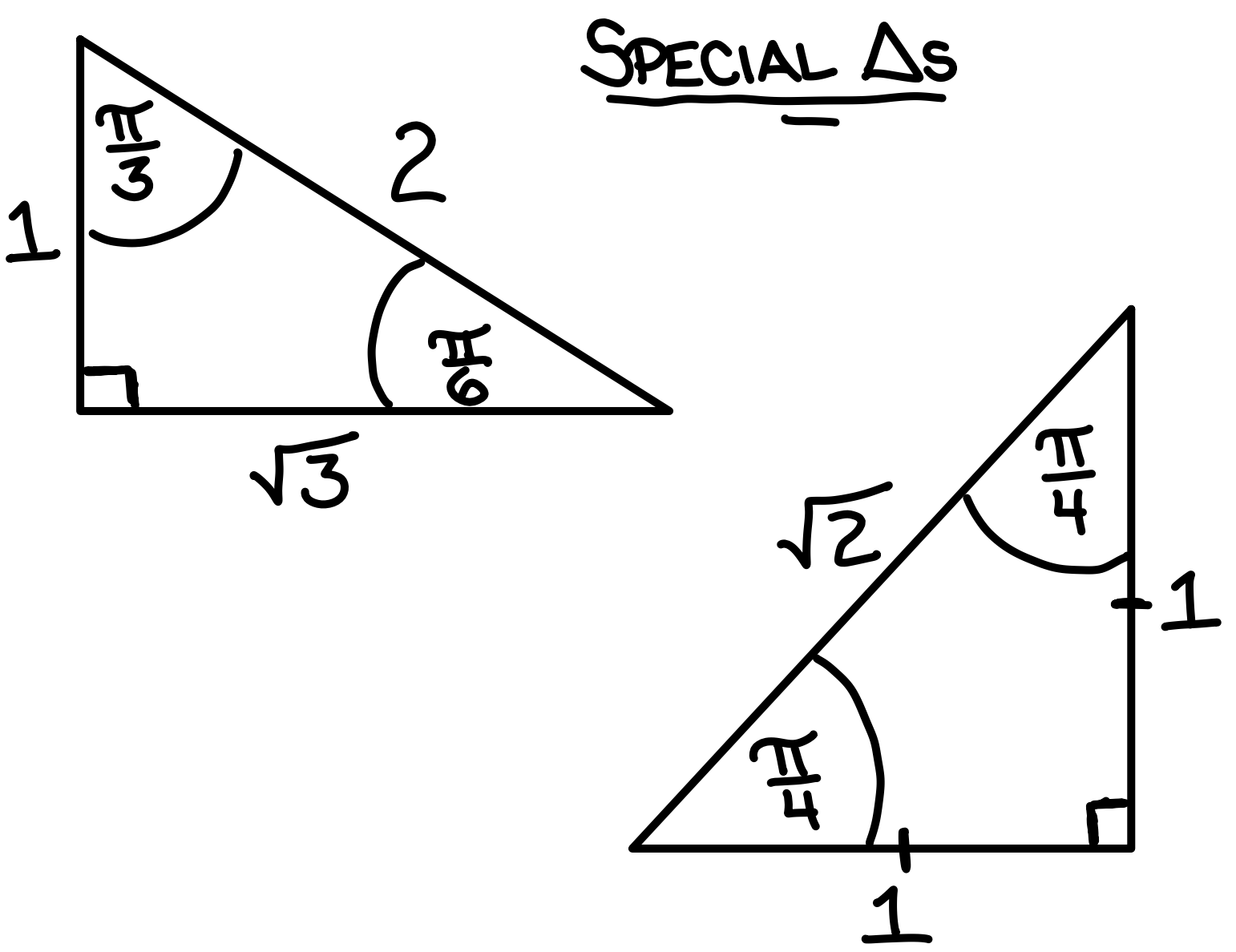
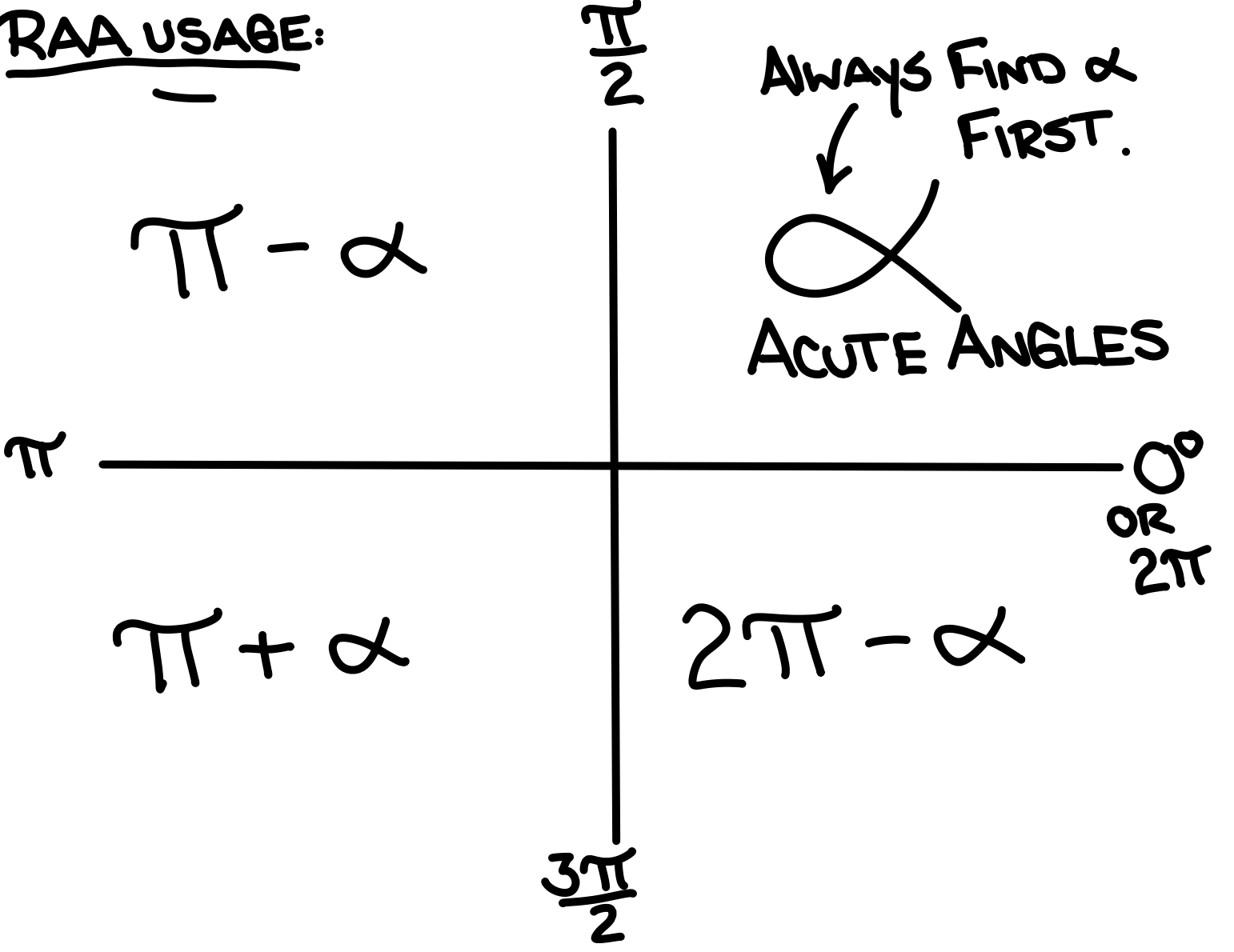
Co-functions:
sin & cos
sec & csc
tan & cot
Compound angle formulas:
cosine → cos(z+a) = cosz*cosa - sinz*sina
cos(z-a) = cosz*cosa + sinz*sina
Sine → sin(z+a) = cosz*sina + cosa*sinz
sin(z-a) = cosz*sina - cosa*sinz
Tangent → tan (z+b) = (tanz+tanb)/ (1-tanztanb)
tan (z-b) = (tanz-tanb)/ (1+tanztanb)
Double angle formulas:
cosine → cos2a -sin2a
1-2sin2a
2cos2a -1
sine → 2(sina*cosa)
tangent → 2tana/(1-tan2a)
Trig identities:
tan = sin/cos
sin2 + cos2 =1
cot = cos/sin
cos2 = 1-sin2
1+cot2 = csc2
tan2 +1 = sec2
1/sin = csc
1/cos =sec
1/tan = cot
Trigonometry part 2:
without a restricted domain, there are infinite repeating solutions
To solve quadratic trig equations, change the trig ratio to a variable (x).
Unit five - Logarithms
logarithms are the inverse of exponential functions
x=2y → log2x=y
Properties of logarithms:
loga1 =0
logabx=x
alogax=x
Change of base formula:
logax =(logx)/(loga)
leave the answer in fractions, not decimals
Laws of logarithms:
product law → log (m*n) = logm + logn
quotient law → log (m/n) = logm - long
power law → logma = a*logm
All vertical work for exponential transformations becomes horizontal in logs